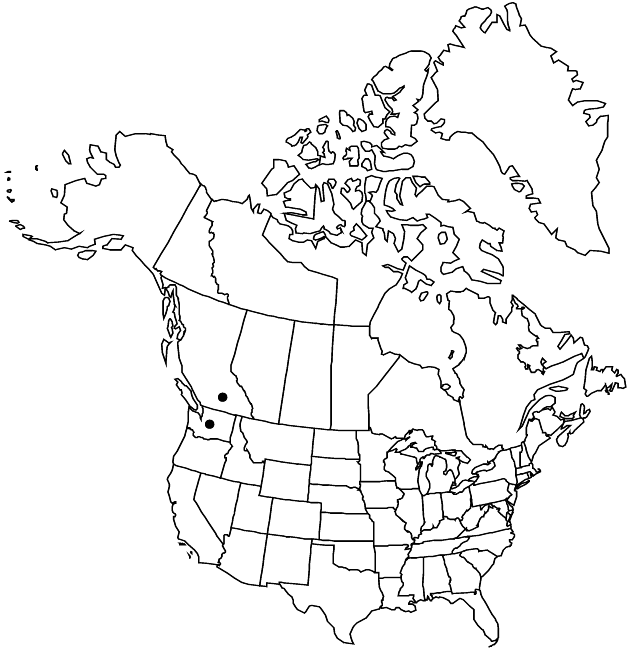Crepis modocensis subsp. rostrata
Publ. Carnegie Inst. Wash. 504: 152. 1938.
Basionym: Crepis rostrata Coville
Revision as of 15:10, 18 September 2019 by FNA>Volume Importer
Plants 15–30 cm; setae whitish, conspicuously curled or crisped (1–2 mm). Stems densely setose or tomentose. Leaves: petioles setose; blades 10–15 × 3–4 cm (tomentulose or glabrate, midribs setose). Involucres 12–17 mm. Phyllaries densely setose or tomentose. Cypselae greenish black, 7–10 mm, beaked (beaks 1–2 mm, ribs alternating strong and weak); pappi 7–10 mm. 2n = 22, 33, 44.
Phenology: Flowering May–Jul.
Habitat: Dry open places, rocky ridges
Elevation: 1000–1100 m
Discussion
Subspecies rostrata is distinguished mainly by the dense curly setae of the involucres and cypselae with relatively short, coarse beaks.
Selected References
None.
Lower Taxa
None.
